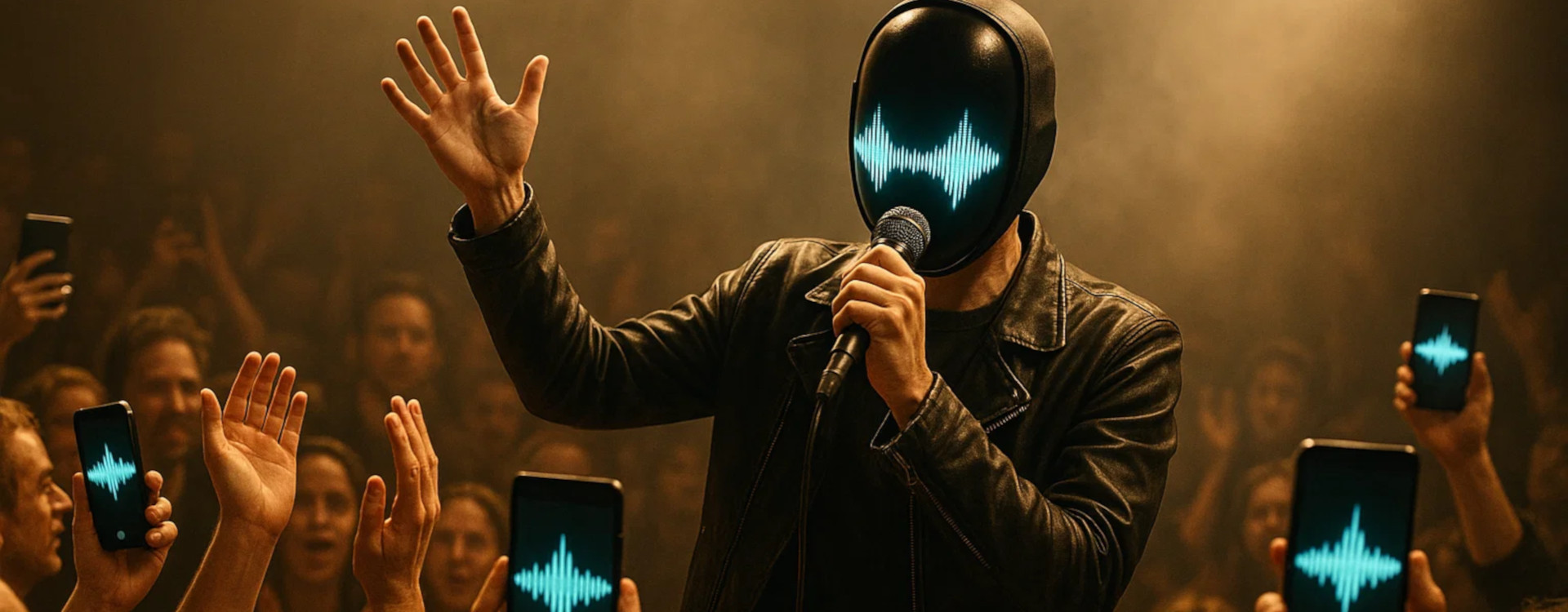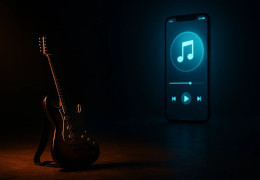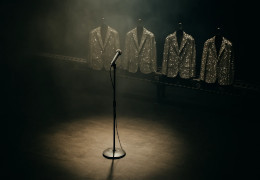Search in blog
Blog categories
Latest posts
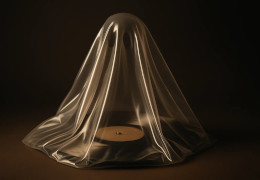
Titles officially “in catalog,” zero stock, no repress date: the paradox of vinyl in 2020–2025. Is transparency...

Endless credits have become the norm: eight, ten, even twelve names for a single track. Yet no one would accept a...
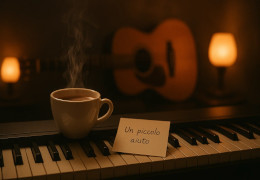
Born in 1985 and revived in the mid-’90s with Clapton: origins, writing, arrangement, reception and trivia—your...
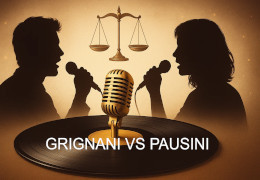
The reported warning sent by Gianluca Grignani regarding Laura Pausini’s new multilingual cover of La mia storia tra...
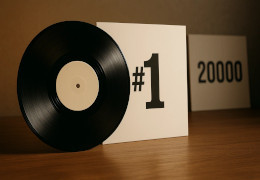
Numbered editions make collectors’ hearts race: does “low number” mean better quality? Not always. Here’s what really...
Popular posts

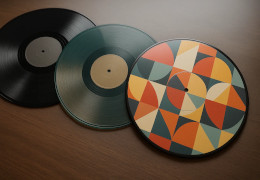
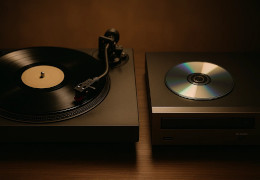
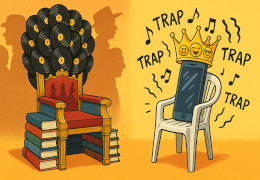
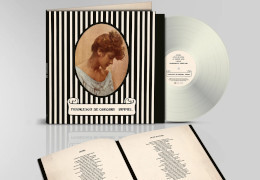
Featured posts





Photo gallery
No featured images
Archived posts
Top authors
-
 Solco Matto 11 Posts View posts
Solco Matto 11 Posts View posts -

-


